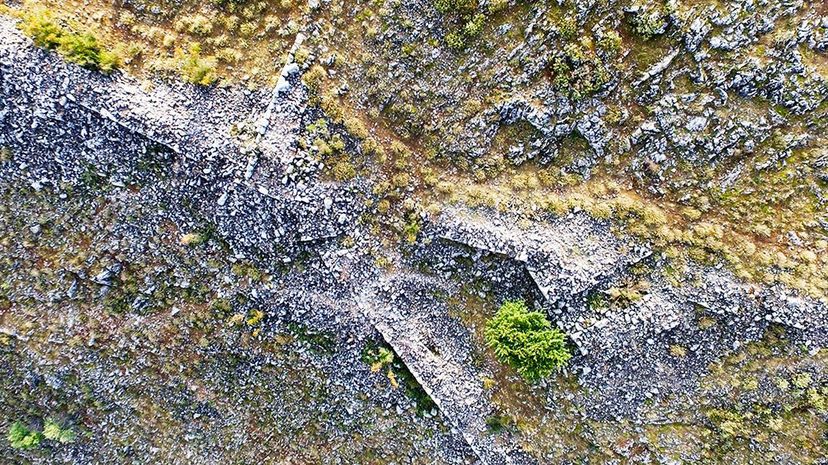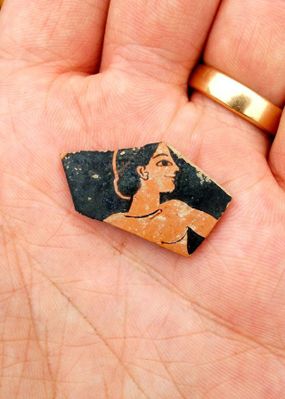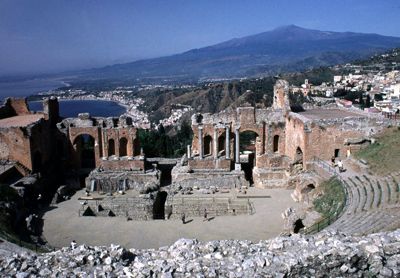
If you think the lost history of humanity has all been uncovered, think again. An international team of archaeologists have discovered a previously unknown ancient city on the Thessalian plains in central Greece. Sitting atop the Strongilovoúni hill near the village of Vlochós, approximately five hours north of Athens, the ruins are much more extensive than anyone anticipated.
"A colleague and I came across the site in connection with another project last year, and we realized the great potential right away,"Robin Rönnlund, the project leader and a University of Gothenburg Ph.D. student, said in astatement. "The fact that nobody has ever explored the hill before is a mystery."
Advertisement

Researchers from the University of Gothenburg, the University of Bournemouth, the Swedish Institute of Athens and the Greek archaeological service in Kardista has been assembled into theVlochós Archaeological Project (VLAP)to investigate the site, and members of the collaborative project completed their first field season in September 2016. The group found pottery and coins dating back to 500 B.C.E. The city is believed to have grown and flourished until it was abandoned in the third century B.C.E., for reasons that are only a guess — including the possibility of Roman conquest.
For years, experts and laypeople alike have eyed the remnants of city gates, towers and walls visible on the summit and upper slopes of the hill which looms 705 feet (215 meters) above the surrounding flat plains. And the ruins have been known about and studied for at least the past 200 years. But because very little can be seen on the ground below to indicate a larger find, it's only now that the full extent of the settlement's size and status are becoming clearer. In their efforts to discover unknown aspects of the city and its history,archaeologistsplan to use ground-penetrating radar to map the city's unseen remains and hope the less invasive approach will be just as fruitful as traditional methods.
"We found a town square and a street grid that indicate that we are dealing with quite a large city. The area inside the city wall measures over 40 hectares," or 99 acres, says Rönnlund. "What used to be considered remains of some irrelevant settlement on a hill can now be upgraded to remains of a city of higher significance than previously thought, and this after only one season."
The Thessalian Plain, where the city's located, is an area previously considered a backwater of theancient Greek世界,没有主题of much research. Rönnlund speculates that the VLAP project may help fill some important gaps in the knowledge of the area.

Advertisement



